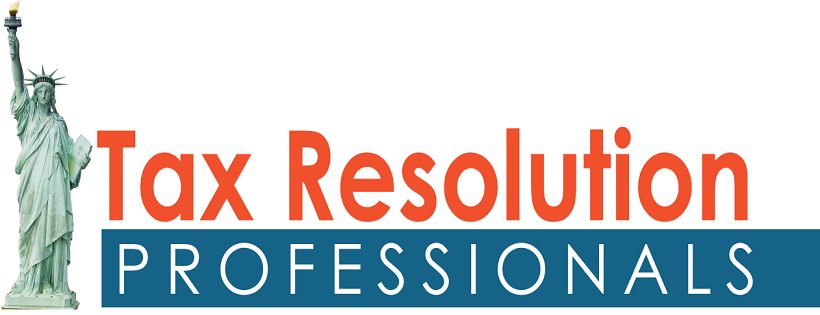The 2016 House GOP blueprint, essentially the initial draft of the Tax Cuts and Jobs Act (TCJA), proposed full expensing for all capital investments. However, the final legislation fell short of this goal: it only temporarily allowed expensing for short-lived assets, did not enhance the tax treatment for structural investments, and ultimately worsened the tax treatment for research and development (R&D). What happened?
The Importance of Expensing
Allowing companies to fully deduct capital investments is a powerful pro-growth tax policy. It removes a tax bias against capital investment and generates more economic growth per dollar of lost tax revenue than any other policy option. Eliminating tax barriers to investment can help businesses grow, create jobs, and boost the economy while also simplifying the tax system.
Provisions of the TCJA
The TCJA introduced 100 percent bonus depreciation for short-lived assets from September 27, 2017, until January 1, 2023. Starting in 2023, bonus depreciation will decrease by 20 percentage points each year until it phases out entirely in 2026. Without bonus depreciation, companies in 2018 could have deducted 76 percent of their investment costs in real terms. With bonus depreciation, they could deduct 84 percent—a 7.6 percentage point improvement.
The TCJA also mandated R&D amortization. Before this change, companies could fully deduct R&D costs in the year they were incurred. Now, they must spread deductions for domestic R&D over five years and for foreign R&D over 15 years, reducing the real value of these deductions due to inflation and the time value of money.
Why Temporary Expensing for Equipment and Machinery?
Full expensing for all capital investments was abandoned early in the legislative process. While the 2016 House GOP blueprint called for permanent full expensing, the “Big Six” tax reform framework released in September 2017 only proposed temporary expensing for short-lived assets. Fiscal constraints were a significant reason for this temporary measure. Lawmakers aimed to limit the deficit increase to no more than $1.5 trillion over ten years, so phasing out full expensing helped reduce the policy’s long-term fiscal impact at the expense of long-term growth incentives.
Additionally, bonus depreciation has historically been a temporary policy, with percentages fluctuating since 2001. Establishing 100 percent bonus depreciation for five years provided more stability than the previous status quo.
Why Wasn’t Expensing Extended to Structures?
Fiscal costs were a major factor in not extending expensing to structures. Taxpayers must depreciate residential structures over 27.5 years and commercial structures over 39 years, allowing only limited deductions in real terms. Transitioning to full expensing for structures would significantly increase investment incentives and economic growth but also come with a substantial upfront cost.
Another reason was opposition from the real estate industry, which feared that full expensing would lead to overbuilding and tax-motivated investments, as seen in the 1980s real estate boom. The concerns were based on experiences from the Economic Recovery Tax Act of 1981, which led to excessive investment due to various interacting policies, many of which have since been eliminated or limited.
Despite these concerns, the TCJA did allow real estate and farming businesses to opt out of the 163(j) interest limitation, which meant using the Alternative Depreciation System (ADS) with even less favorable recovery periods. The TCJA did shorten the ADS recovery period for residential rental property from 40 to 30 years.
The Rationale Behind R&D Amortization
The decision to amortize R&D expenses over five years was introduced late in the legislative process to reduce the bill’s overall cost. Policymakers assumed that future legislation would extend R&D expensing before the amortization took effect in 2022. However, this did not happen, and as of 2024, R&D amortization remains in effect. Current legislative proposals aim to temporarily and retroactively allow R&D expensing for domestic investments from 2022 to 2025 but exclude foreign R&D investments.
Looking Ahead to 2025
The ideal policy for cost recovery would be full expensing for all capital investments, which would eliminate tax biases and simplify the tax code. However, the substantial fiscal cost—$1.7 trillion over ten years—might deter lawmakers.
An intermediate option could be reinstating R&D expensing and 100 percent bonus depreciation permanently. For structures, a viable alternative might be neutral cost recovery (NCRS), where deductions are spread over the current periods but adjusted for inflation and the time value of money, making the tax treatment economically equivalent to expensing.
As lawmakers prepare for upcoming tax policy debates, prioritizing better cost recovery for all investments should be a key focus.

Để đảm bảo an toàn tối đa cho giao dịch, 188v chính thức áp dụng công nghệ mã hóa SSL 256-bit cùng hệ thống xác thực hai lớp (2FA) tùy chọn. Mỗi giao dịch đều được ghi nhận với mã tham chiếu duy nhất, giúp dễ dàng theo dõi và giải quyết vấn đề nếu có. TONY12-19